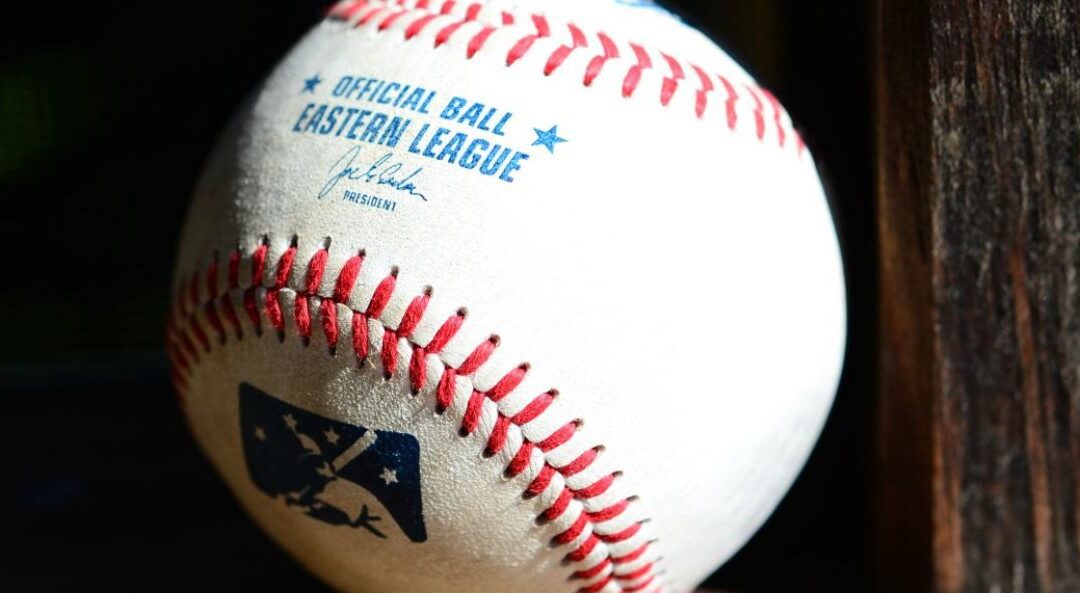By PAUL NATINSKY
Read full article on Linked in
Baseball needs to attract younger fans. The game is too slow. Contests are way too long. How many times have we heard these criticisms about the most ancient of American spectator sports?
Oddly no one complains about golf, where a player will study the angles of an eight-foot putt until he understands the contours of every inch of the green between putter head and hole.
Similarly, very little moaning accompanies college football games that regularly blow past the four-hour mark. A college double header lasts as long as a full workday. Additionally, football has as many stoppages and as little on-field action as baseball, without the tension of holding a runner close to first base or moving defenders around to suit the situation.
Despite its perceived inadequacies and outdated aspects, and fact it pales in popularity and revenue to American football, baseball generates $9.5 billion a year. Second only to American football’s rarefied $13 billion annual haul.
For a more complete perspective, note that the next biggest cash machine in professional sports is the English Premier League (the world’s most lucrative professional soccer league) at $5.3 billion per year. The EPL is followed by the NBA at $4.8 billion, the NHL at $3.7 billion, with four European pro soccer leagues trailing in the $1 billion to $2 billion range. All of the numbers are from howmuch.net.
All of these sports have adopted rules changes. Many of the amendments employ technology to bolster accuracy on close calls (no irony in the fact that this slows all games down tremendously?). Others involve reducing injuries, to some degree a response to player concerns (call me cynical as I note that owners have increasingly supported these changes as their investment in players has skyrocketed.).
Still other changes—the universal use of designated hitters, every team playing every other team in both leagues, expanding the number of teams in the playoffs, and so on—seem like natural choices as the sport continues to grow. And grow it does.
Baseball increased its revenue 4.8 percent last year over the previous year. Football pressed a few percentage points higher, but baseball did not LOSE money. In fact, the league pocketed almost half a billion more than it did the previous year! These last numbers courtesy of World Sports Network’s website.
Such numbers do not paint the picture of a dying league, nor one in need of radical rule changes such as forcing outfielders to play shallow, restricting infielders to one side of second base, or shortening the distance between the bases. Yes all of these changes are on tap for coming seasons.
It’s a sad crime to see as tradition-rich and strategy forward game as baseball have the earth moving under its feet, especially when such seismic changes are based on passing trends. Baseball has gone through many eras and absorbed many changes. But they have come slowly and in response to deeply established trends, not fads, short-lived strategies and gimmicks. Defensive shifts, lack of stolen bases and extra base hits will naturally evolve—and so will the tactics to counter them. That’s baseball!
I would have hope that the game will absorb these changes—and the inevitable future meddling—but recently watching Dodger pitcher Clayton Kershaw voluntarily leave a perfect game in the seventh inning because he had reached his pitch limit shocked me to my core.
In 150 years of professional baseball there have been 23 perfect games.
As I gaze at the photo on my desk of my immigrant grandfather, my father and me seated at the old Tiger Stadium circa 1995, a sadness dampens my day.
I fear the tradition, history and common culture of baseball that linked generations, helped immigrants assimilate and eroded racial barriers will be lost.
One rule change at a time.

